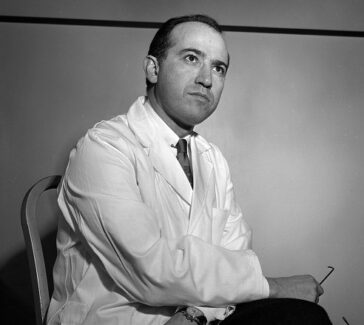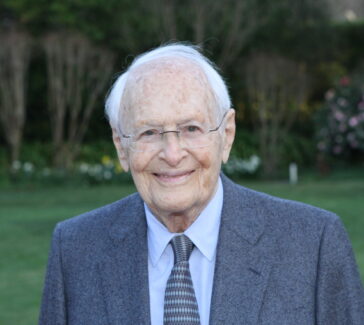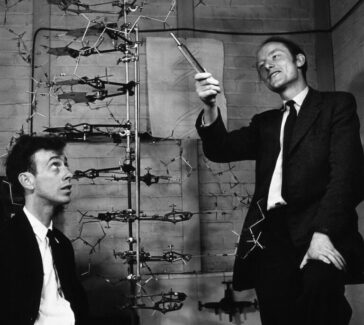Joan Berkowitz
A chemist and leading environmental consultant, Berkowitz tackled everything from preventing water pollution to the best ways to treat industrial wastes.
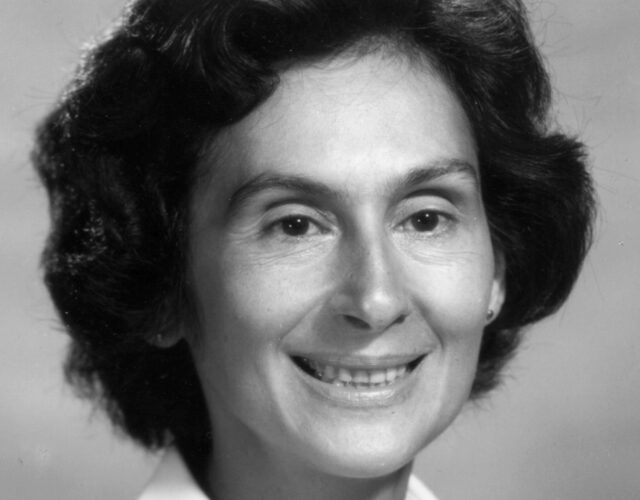
Even as a child in Brooklyn, New York, Joan Berkowitz (1931–2020) loved science. As a young student, she carried out a particularly impressive project on weather systems that earned the highest praise from her teacher, who proclaimed she was destined to be a scientist.
After attending Swarthmore College in Pennsylvania and graduating in 1952 with a bachelor’s degree in chemistry, Berkowitz decided to pursue graduate studies in physical chemistry. She set her sights on Princeton University but was prevented from enrolling because Princeton did not accept women into their graduate chemistry program. Instead, she earned her doctorate in physical chemistry at another chemistry powerhouse: the University of Illinois. She went on to do postdoctoral work at Yale University.
Investigating High-Temperature Materials
In 1957 Berkowitz began working for the technology consulting firm of Arthur D. Little, where she conducted research into high-temperature materials. Much of this work was done to help NASA develop materials for building spacecraft. She was especially concerned with oxidation resistance at high temperatures and found that a material called molybdenum disilicide (MoSi2) resisted oxidation at high temperatures better than just about any other substance known. She also experimented with using electrical fields to prevent oxidation. In other areas Berkowitz did research on gallium arsenide (GaAs), which is used to make solar panels, and she was one of the first chemists to use computers to predict the behavior of substances before they were tested in the laboratory.
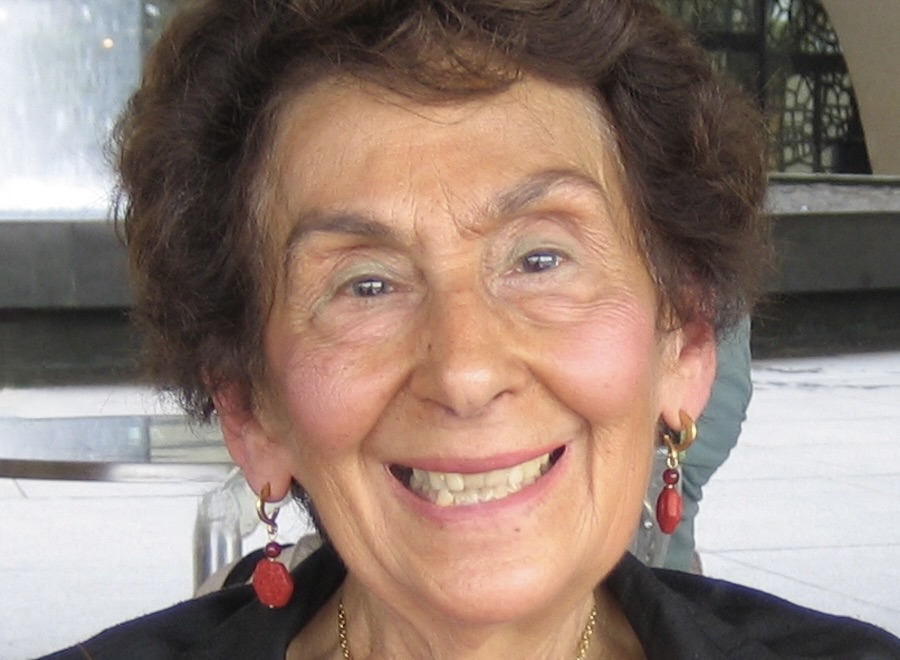
The Move to Environmental Chemistry
Berkowitz’s horizons were broadened when her supervisors sent her to the senior executive program of the MIT Sloan School of Management, from which she graduated in 1979. Working her way up the corporate ladder, in 1980 she became head of a division at Arthur D. Little called Environmental Business World Wide. She left the firm six years later to become CEO of an environmental consulting company, Risk Science International, in Washington, D.C. Then in 1989 she cofounded her own consulting business with Alan Farkas, called Farkas Berkowitz and Company.
As an environmental chemist, Berkowitz studied the effects of processes to reduce the particulate emissions from coal-burning power plants. Solid particulate matter is a serious form of air pollution that can cause many respiratory illnesses. She also investigated “scrubbing,” a technique that removes sulfur dioxide—which can cause acid rain when it enters the atmosphere—from coal exhaust by means of a reaction of the sulfur dioxide with calcium carbonate. Also, while still at Arthur D. Little, Berkowitz led the team that created a multivolume index of all commercially produced substances that could harm the environment. Later she contributed to reports on hazardous waste treatment at the request of the Environmental Protection Agency and the National Academy of Sciences, and to periodical surveys of the waste-treatment industry produced by Farkas Berkowitz.
Recognition
Berkowitz received many honors in her long career. Most notably, she was president of the Electrochemical Society in 1979–1980, the first woman ever to hold that position. She continued to run the consulting firm with Alan Farkas and was an adjunct professor at the University of Maryland University College well into her eighties.
Featured image: Joan Berkowitz, ca. 1970s.
Electrochemical Society

